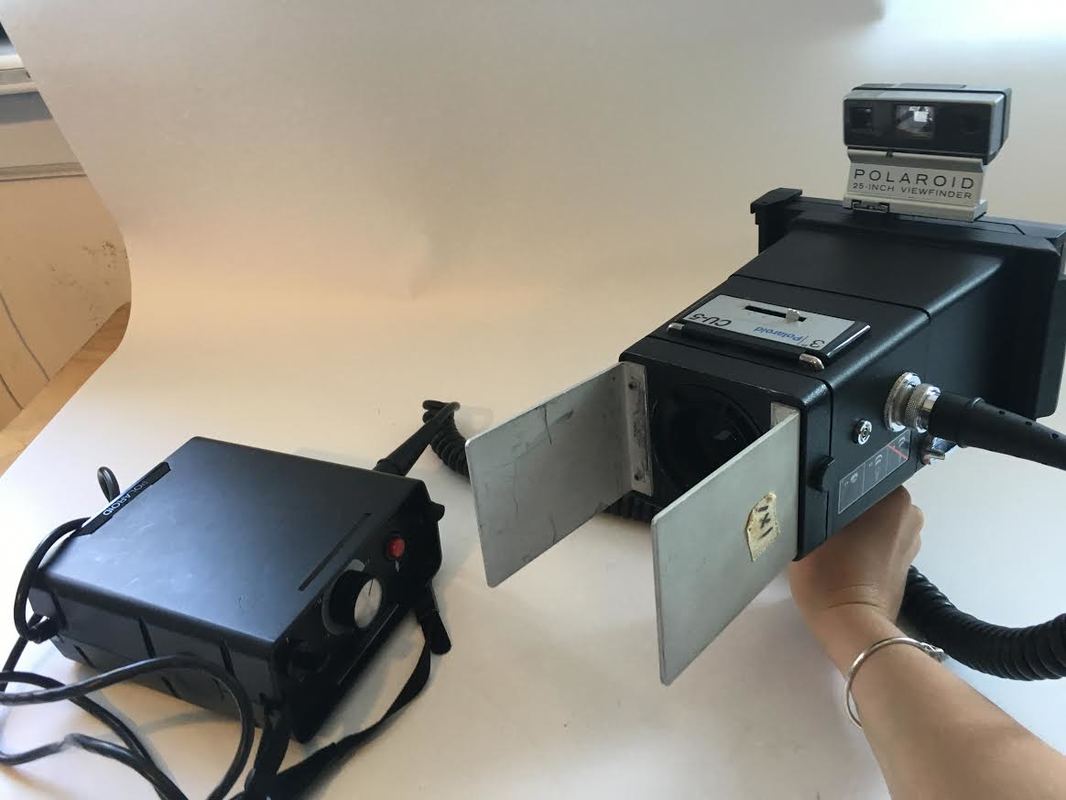- Messages
- 9,389
- Name
- Jon
- Edit My Images
- Yes
I was in hospital last night and the person in the cubicle next to me, had been beaten up. A police photographer came to photograph him. The photographer was carrying a large case, and by the way he was carrying it, it seemed pretty heavy. Not a very glamorous part of photography, but obviously it has to be done.



